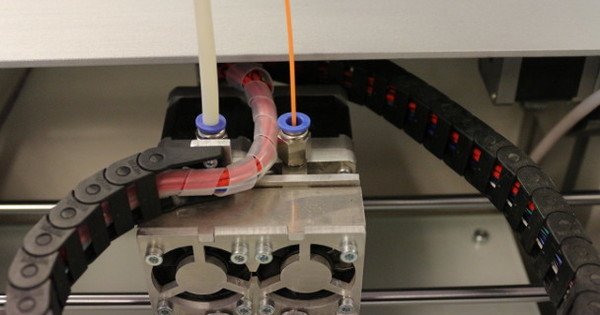Especially after the summer holidays, editing videos is a job that quite a few people are faced with. If only to remove all the superfluous material from the shot holiday films. This activity doesn't have to cost you a cent thanks to the open source video editor OpenShot. And with these tips it is not that difficult anymore.
Tip 01: Install
OpenShot is a versatile video editor with friendly operation, making it an excellent alternative to Windows Movie Maker. A nice extra: you can choose from versions for Windows, Linux and macOS. The installation is straightforward and has no annoying options with advertising malware. The first time you start the program, a short introduction will appear. In the first step it is possible to select the default enabled option Yes, I want to improve OpenShot! to turn off. This prevents usage data from being sent to the creators, if you are very fond of your privacy. Run through the introduction and let the fun begin.

Tip 02: Import
First, a video file must be imported into OpenShot, for example from your smartphone, digital still camera or of course an equally digital video recorder. However, these films must first be transferred to the PC. To do this, you follow the usual route, whether or not assisted by software supplied with the device. Browse to the folder where the video files are stored using Windows Explorer. Click on a file and drag it to the left pane – under Project Files – of OpenShot.
Tip 03: Film strip
The clips have now been imported into OpenShot. To really do something about video editing, you drag them – in the desired order – to the timeline at the bottom of the screen. It does not matter in which 'track' you put the clips one after the other. So basically grab the top one (Track 4), otherwise you might keep scrolling back and forth. To start, place two clips neatly behind and against each other. Then we immediately add a 'start effect' in the form of a zoom-in. To do this, right-click on the first inserted fragment. In the opened context menu, click Animation / Clip start / Zoom / Zoom in (50% to 100%). Of course you can also use one of the many other effects available.

Tip 04: Preview
You can see the added effect immediately. To do this, click the play button below the preview panel. Keep in mind that the preview may be slightly less smooth than later in the final film. In the preview image you see live applied effects. If you have a somewhat slower PC and/or video card, an image (frame) may be skipped here and there. In addition to the play/pause button, there are a few more buttons below the sample video. The left and right yellow ones serve to quickly jump to the beginning or end of the content on the filmstrip. The white 'double triangles' allow you to play forwards or backwards. Clicking one of these buttons repeatedly will speed up playback. Too fast? Then click on the opposite button to slow things down again.
Tip 05: Transition
A hard transition between clips can sometimes be nice, but often not. Certainly not if both clips are not completely related to each other. If you want a softer transition, you can choose from a variety of effects. Click above the film strip transitions. Often the simplest effects are the most beautiful, such as fading. It ensures a calm display that does not give the viewer a headache. But if you want to indulge yourself, you can: psychedelic effects enough. To set a transition effect between two clips, first drag an effect to the end of the first clip, then the same effect to the beginning of the next. In other words: if you want to fade to black at the end of a clip, for example, then you drag the block fade to the end of the first clip. Drag this Fade effect wider or narrower to extend the effect. By default, Fade is set to fade in. To slowly fade to black, right-click the added effect in the filmstrip. In the context menu click on reverse transition. Now again drag the Fade effect from the transition panel to the next block. Drag it to the desired length. This time you don't have to choose a reverse transition, because we want to fade in and that is the default behavior of this effect. The end result is now that the image slowly turns black at the end of the first clip and the image of the next clip slowly becomes visible.
 If you want a softer transition, you can choose from a variety of effects.
If you want a softer transition, you can choose from a variety of effects. Tip 06: Crossfade
If you want to make a real 'crossfade', you need a little more creativity. Drag the connecting video clip to a track lower, for example from Track 4 to Track 3. Make sure it overlaps slightly with the previous clip. Also drag the Fade effect (or any other) back to the beginning of this moved clip. You have now made a great crossover.
Tip 07: Save project
You have already done quite a few things in the software. Time to save the project. Click in the menu File on Save project. Give your project a name and save it in a folder where you can find it. Note: you are not saving the film yet! This is purely the description of the whole. It is therefore important to ensure that the source clips remain in the folder from which you also added them from the Explorer. Only when the project is completely finished and you are sure that you don't want to change anything can you delete or move the source files. And then only after rendering and saving the final video. We will come back to this in detail shortly. Furthermore, in the folder where you save the project file, there is also a folder with the name thumbnail is created. You also have to leave that folder. Even if you have saved your project on, for example, the desktop.


